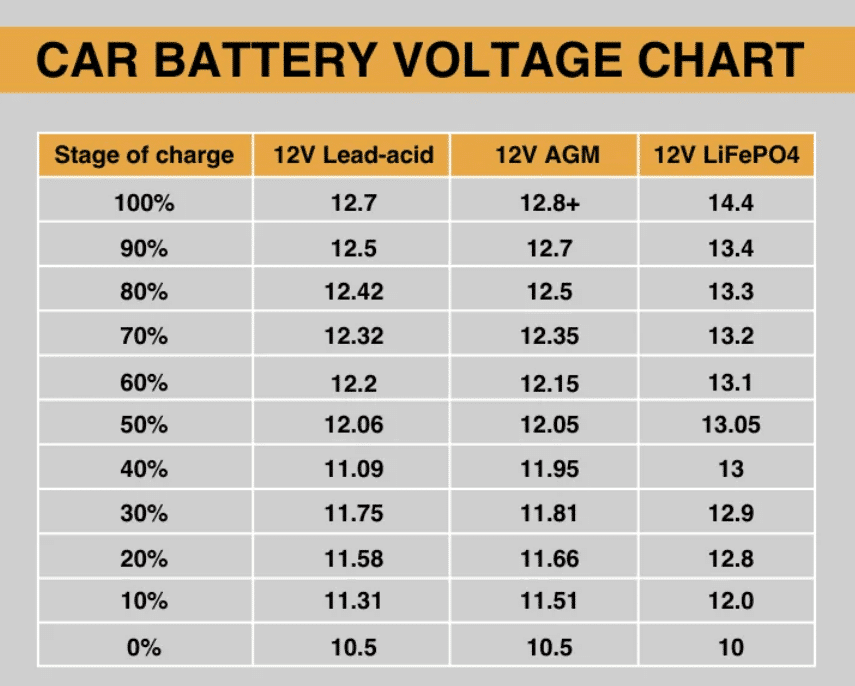Proper maintenance of your car battery is crucial for ensuring the longevity and reliability of your vehicle. Testing your car battery with a multimeter is an essential skill that can prevent unexpected breakdowns and prolong the battery’s life. This guide will walk you through the step-by-step process of testing your car battery using a multimeter, understanding the results, and troubleshooting common battery issues.
Accessing the Car Battery
To begin, you must locate and expose the car battery. Car batteries are typically situated in the engine bay, often on one side of the engine. Follow these steps:
- Locate the Battery: Open the hood and find the battery. It may be covered with a plastic shield that needs to be unclipped, lifted off, or unbolted.
- Expose the Terminals: Remove any covers over the positive (+) terminal, which usually lift off easily.
- Safety Precautions: Ensure no metal objects touch the battery terminals to avoid short circuits. Do not place tools on the battery.
Using a Multimeter to Test Battery Voltage
A multimeter is an invaluable tool for measuring the voltage of your car battery. Follow these steps to accurately test the battery:
- Set the Multimeter: Turn the dial to measure DC voltage (indicated by a solid line and a dashed line above a “V”). Set it to 20V for a precise reading.
- Connect the Probes: Attach the red probe to the positive terminal (+) and the black probe to the negative terminal (-). Terminals are clearly marked.
- Reading the Voltage: Observe the multimeter display. A normal resting voltage for a fully charged battery should be around 12.6V. If the reading is negative (e.g., -12.6V), reverse the probes.
Interpreting Voltage Readings
- 12.6V or above: Fully charged.
- 12.4V – 12.6V: Slightly charged, but acceptable.
- 12.2V: 50% charged.
- Below 12V: Considered discharged.
Addressing a Repeatedly Flat Battery
If your battery frequently goes flat, it may be due to a parasitic drain. Here’s how to diagnose and address this issue:
- Identify Parasitic Loss: Common culprits include lights or electronic devices draining power when the car is off.
- Testing for Drain: Disconnect the battery leads or remove the battery from the car. Fully charge the battery, leave it for 12 hours, and test the voltage again.
- Diagnosing the Issue: If the battery holds charge when disconnected, the problem lies within the car’s electrical system, not the battery itself.
Top Tip: Before disconnecting the battery, ensure you have the code for your stereo system to avoid issues when reconnecting.
Testing for Dead Cells
Older batteries might allow access to individual cells, though many modern batteries are sealed. Here’s how to check for dead cells:
- Accessing Cells: Remove individual caps or a plastic cover to expose the cells.
- Using a Hydrometer: A hydrometer-style tester can measure the specific gravity of the battery acid, indicating dead cells.
- Voltage Test: Alternatively, a simple resting voltage test can be equally effective in diagnosing cell issues.
Importance of Cell Testing
Knowing whether a cell is dead confirms the battery’s inability to hold a charge. If any cell is non-functional, the entire battery is compromised.
Impact of Cold Weather on Car Batteries
Cold weather significantly affects a battery’s performance and lifespan. Here’s how to mitigate these effects:
- Cold Weather Challenges: Low temperatures reduce a battery’s ability to hold a charge and increase the electrical load due to heating systems, headlights, and other accessories.
- Preventive Measures: To maintain battery health, avoid frequent short trips that do not allow the alternator to recharge the battery fully.
Conclusion
Regularly testing your car battery with a multimeter is a straightforward yet essential practice to ensure your vehicle remains reliable. Understanding how to interpret voltage readings and address common issues like parasitic drain or dead cells can save you from unexpected breakdowns and extend your battery’s life. Always take precautions when handling batteries and maintain them properly, especially in adverse weather conditions. In general, the voltage of a battery depends on the state of charge and the type of battery. Therefore, it’s important to refer to the manufacturer’s specifications to determine what voltage range is considered good or normal for a specific battery.






